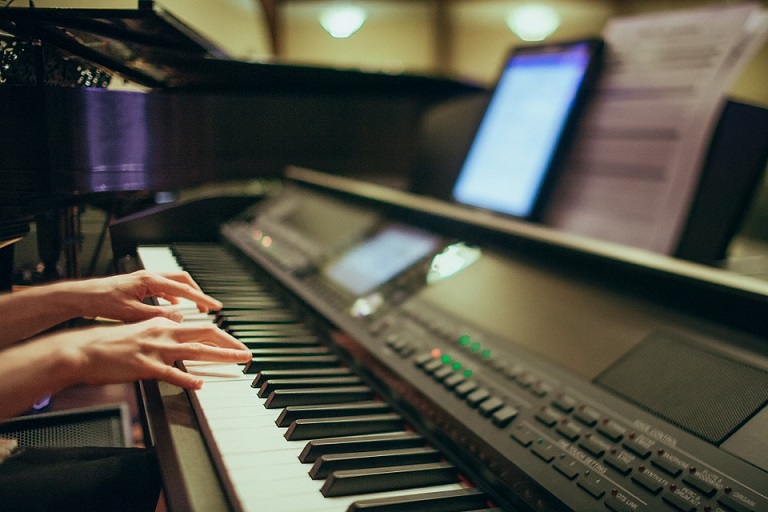
Have you witnessed your music teacher or friend take out a sheet music, read it for the first time, but play it flawlessly? Sight-reading is a difficult but valuable skill to master. Good sight-reading skills make learning a new song less challenging and allow you to venture into new areas of music and vastly expand your repertoire.
But how do you improve on your sight-reading? This article will introduce 12 tips to help you take your sight-reading to the next level!
General Preparation - Techniques to practice outside of your sight-reading sessions
1. Practice scales, arpeggios, and chords
As uninteresting as scales, arpeggios, and chords may be, they are essential sight-reading skills. They appear in almost every piece of music, whether it's the fast passages in a Mozart piece, a gentle Chopin waltz, or the alberti bass that we often see. Familiarizing yourself with them will give you an advantage when you sight-read.
2. Practice playing without looking at your hands
When you sight-read, your eyes get busy. You have to look at the new notes and, at the same time, ensure that your fingers are hitting the right keys. Therefore, being able to play without looking at your hands will be helpful. One way to achieve this is to practice playing scales and arpeggios with your eyes either closed or focused on another object. When you can play without looking at your hands, you can focus on the upcoming notes on the score and keep yourself prepared.
Just before you Sight-Read
3. Observe the time signature and key signature
Look at the key signature. Go through the piece and find all the sharpened or flattened notes. If you can, try to mentally visualize what fingers are used to play these notes.
Time signatures indicate the number of beats and the note value of one beat in each measure. The time signature can also indicate which beats to emphasize. For example, in 3/4 time—which often appears in waltzes—you usually focus more on the first beat and less on the following two beats.
4. Look for tricky rhythms (dotted rhythms, triplets etc.), octave changes, and clef changes
These are your big hurdles where you might trip. Watch out for them and make mental notes. For difficult rhythms and passages, try to figure them out by identifying where the downbeats are. Then, think of the fingerings for them and simulate your finger movements while singing the rhythm in your head.
5. Look for repeated patterns (rhythms, pitches, phrases, intervals)
Most pieces of music have repeated melodies and/or basslines to maintain a certain style throughout the piece. This can work to your advantage when you sight-read, because you will be familiar with these musical passages when they reappear. Identify these repeated patterns so that you can play them with the same fingerings as you did the first time.
6. Tap out the rhythms and fingerings before playing
Take time to simulate what you’re about to play. Familiarize yourself with the rhythms and fingerings, so that when you sight-read, it wouldn't feel like your first time playing the piece.
7. Sight-sing
This may sound odd, but being able to sight-sing is one of the best ways to improve your sight-reading. It helps you identify the pitches and note intervals on your score before you sight-read. As you sight-sing, pay attention to the distance and direction from one note to another. You can better anticipate the upcoming notes and get your fingers ready when you play.
When you sight-read
8. Sight-read at a slow and steady tempo
Start at a manageable tempo. Playing at a tempo that is too fast makes you more prone to mistakes. Also, before starting the piece, count off one measure to establish the tempo and the pulse.
9. Sight-read by the shape of the phrases
Besides each individual note, pay attention to the shape of the phrases. This will help you understand the direction of the musical passages. While doing so, try your best to locate the lowest and the highest notes of each phrase, which will help you gauge the fingerings—use your thumb for the lowest note, your pinky for the highest note, and your other fingers for the notes in between.
10. Always look ahead
After you finish playing a note, quickly shift your focus to the upcoming notes. You should look at least one beat ahead.
11. Breathe
Stay calm and clear-headed as you sight-read. Understandably, you are juggling with many things when you sight-read, and it definitely isn’t easy. But do your best to breathe and continue playing in a relaxed, focused manner.
12. Keep going
It’s alright to make mistakes when you sight read, so don’t dwell on them. Rather than going back to correct your mistakes, carry on with the piece to avoid unnecessary interruptions.
After you are done sight-reading, you can then revisit the sections where you stumbled, identify why you made the mistakes, and think of how you can rectify them, all of which make your sight-reading session a meaningful learning experience.
Conclusion
Keep these 12 tips in mind as you strive to become a better sight-reader! We can all agree that sight-reading is difficult, so don’t beat yourself up if you don’t get everything right the first time. The more you practice, the better you will get at sight-reading.
Raring to play the piano like a pro?
Start learning with our 30-day free trial! Try our piano courses!About Liberty Park Music
LPM is an online music school. We teach a variety of instruments and styles, including classical and jazz guitar, piano, drums, and music theory. We offer high-quality music lessons designed by accredited teachers from around the world. Our growing database of over 350 lessons come with many features—self-assessments, live chats, quizzes etc. Learn music with LPM, anytime, anywhere!


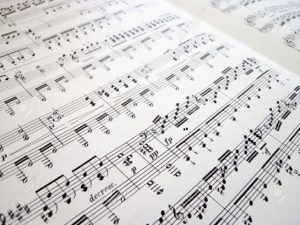
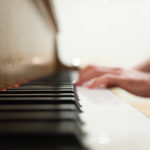

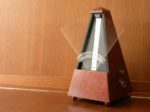
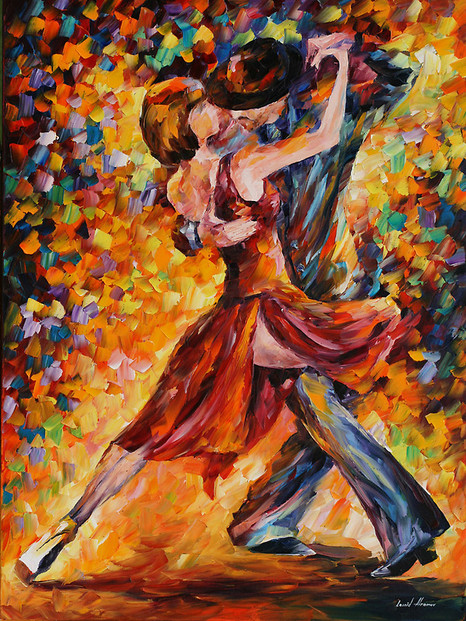
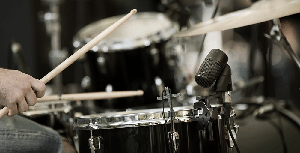

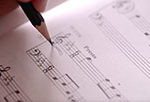

I really like your tip to just keep going when you practice and to not dwell on any mistakes. I’ve been wanting to buy some religious sheet music to play at my church. I’m not the best at sight reading, so your tips are very helpful.
First thing is keeping your eyes off your hands while playing. That’s probably the most difficult, even if you’re just playing scales and simple music. After that, it’s all fun. I’m starting to play more complicated music and my muscle memory is doing better.